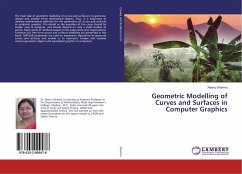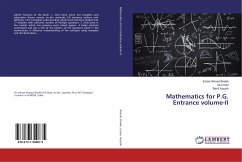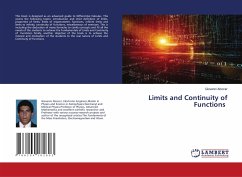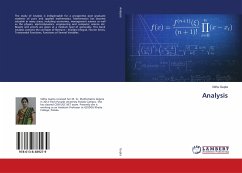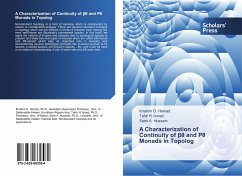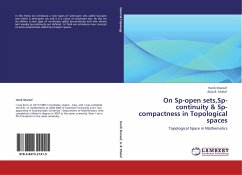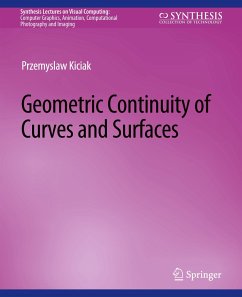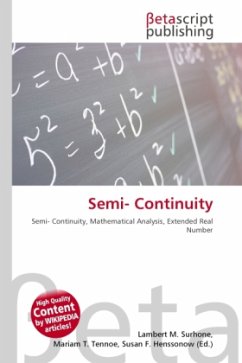
Semi- Continuity
Versandkostenfrei!
Versandfertig in 6-10 Tagen
23,99 €
inkl. MwSt.

PAYBACK Punkte
12 °P sammeln!
High Quality Content by WIKIPEDIA articles! In mathematical analysis, semi-continuity (or semicontinuity) is a property of extended real-valued functions that is weaker than continuity. An extended real-valued function f is upper (lower) semi-continuous at a point x0 if, roughly speaking, the function values for arguments near x0 are either close to f(x0) or less than (greater than) f(x0).Consider the function f, piecewise defined by f(x) = 1 for x 0 and f(x) = 1 for x 0. This function is upper semi-continuous at x0 = 0, but not lower semi-continuous.A function is continuous at x0 if and only ...
High Quality Content by WIKIPEDIA articles! In mathematical analysis, semi-continuity (or semicontinuity) is a property of extended real-valued functions that is weaker than continuity. An extended real-valued function f is upper (lower) semi-continuous at a point x0 if, roughly speaking, the function values for arguments near x0 are either close to f(x0) or less than (greater than) f(x0).Consider the function f, piecewise defined by f(x) = 1 for x 0 and f(x) = 1 for x 0. This function is upper semi-continuous at x0 = 0, but not lower semi-continuous.A function is continuous at x0 if and only if it is upper and lower semi-continuous there. Therefore, semi-continuity can be used to prove continuity. If f and g are two real-valued functions which are both upper semi-continuous at x0, then so is f + g. If both functions are non-negative, then the product function fg will also be upper semi-continuous at x0. Multiplying a positive upper semi-continuous function with a negative number turns it into a lower semi-continuous function.




